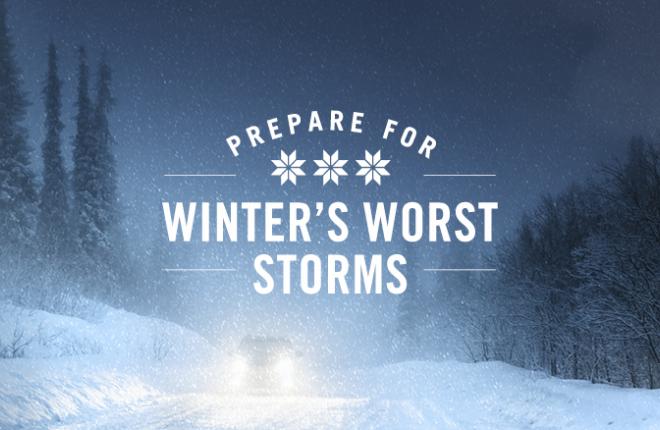
A Tri-State drone pilot operates a drone near a cooperative substation.
Drone pilots take safety and reliability to new heights
Although it is not well-known outside of our generation and transmission cooperative and its members, there are 38 Tri-State employees who are also drone pilots as part of their job. A drone, or an unmanned aerial vehicle (UAV), is an aircraft that is controlled remotely without a human pilot on board.
Tri-State started using drones in 2019, when it brought in a few for Transmission Maintenance line inspections. Over time, the program has grown extensively to include many different uses. Drone technology helps Tri-State work safer, smarter, and faster in areas such as transmission line inspections, wildfire mitigation and environmental restoration.
Why drones?
Drones can inspect hard-to-reach infrastructure and capture detailed images safely and efficiently. For example, linemen can use a drone to inspect five or six transmission structures from a single point on the ground. Alternatives like helicopters or traveling to each individual structure can take more time, cost and effort.
How drones help Tri-State
Tri-State operates a fleet of 24 drones flown by certified drone pilots, most of whom are linemen and substation techs in Transmission Maintenance, but their uses vary to include:
- Transmission and substation inspections: inspect for defects and capture images of wear on towers and lines;
- Wildfire mitigation: identify areas of vegetation encroachment to prioritize vegetation management projects;
- Construction and planning: conduct corridor studies for new transmission lines;
- Environmental reclamation: survey sediment and ash at reclamation sites such as the former Escalante Generating Station in Grants, N.M.; and
- Experimental projects: as drone technology becomes more mainstream in our work, the team has tested various drone equipment and uses to support our mission.
Who are the pilots and what it takes
Not just anyone can fly a drone. It is a specialized skill that requires pilots to be certified under the Federal Aviation Administration’s (FAA) Part 107 rules. Certification requires an intense exam that covers topics such as airspace regulations, weather and emergency procedures. This is the same ground training that commercial and private pilots start with as they work on their licenses. Pilots must be recertified every two years.
Once a drone pilot is FAA certified, they are trained by Tri-State GIS Project Manager David Mitchell, who oversees and runs the drone program at Tri-State. This training focuses on job and Tri-State specific knowledge for drone use-cases. This includes sessions for flying around energized lines with an emphasis on safety protocols. The training location can vary and is done along transmission lines in the Tri-State right-of-way.
When drone pilots are working on the job, they are accompanied by another employee who acts as the “visual observer.” While the pilot is working on the controls and camera, there is someone watching the drone and sky to avoid collisions or other issues. The visual observer is not required to be FAA certified.
Looking ahead
As drone technology becomes more common at Tri-State, our generation and transmission cooperative is evaluating advanced capabilities and testing proof of concepts. One example includes Beyond Visual Line of Sight (BVLOS) operations. Currently, drones must always be in the pilot’s line of sight. Mitchell is working on a potential FAA waiver that would enable broader corridor mapping and inspections. Tri-State also is looking at standardized inspection photography which could allow AI to detect structural changes over time by comparing photos.
---
About Tri-State
Tri-State is a power supply cooperative, operating on a not-for-profit basis, serving electric distribution cooperatives and public power district member-owners in four states. Together with our members, we deliver reliable, affordable and responsible power to more than a million electricity consumers across nearly 200,000 square miles of the West. Visit www.tristate.coop.
Contributor:
Megan Reichert
Blog Posts

Smoking a Thanksgiving Turkey in an Electric Smoker Safely

The Future is (Mostly) Now for Smart Homes

5 Fall Family Activities Close to Home

5 Powerful Electric Tools for Fall Clean-up

How to Prepare for Winter’s Worst Storms

10 Ways to Make Online Math and Science Fun

8 Ways to Power Up Your Child’s Remote Learning Routine

How to Create a Productive and Fun Learning Environment at Home

